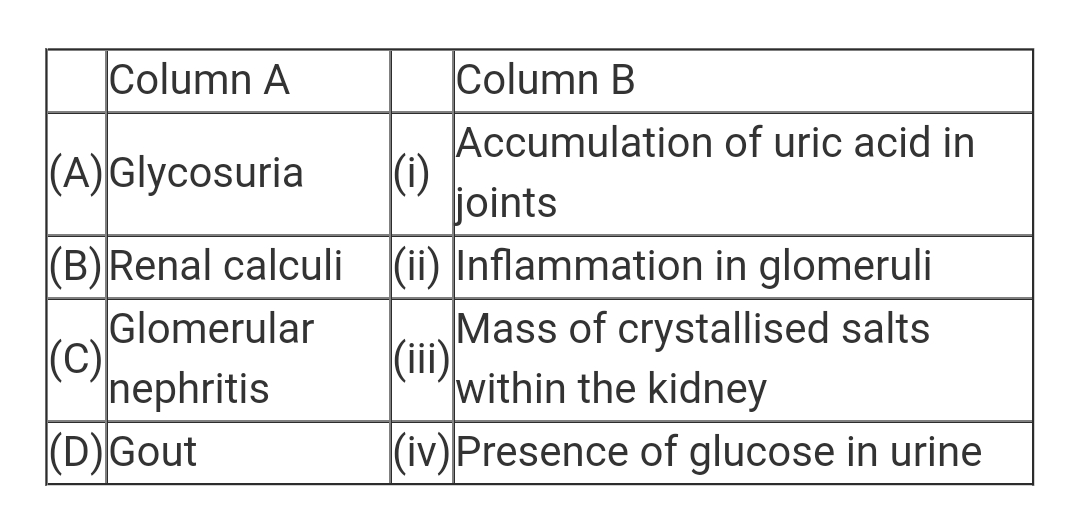Abnormal condition when mammae of man become female like
Feminisation
Gynochorium
Gynoesism
Gynaecomastia.
The correct Answer is:D
Step-by-Step Solution:
1. Understanding the Question: The question asks about an abnormal condition in which the mammary glands of men develop characteristics similar to those of females.
2. Identifying the Options: The provided options are:
- A. Feminization
- B. Gynecorium
- C. Gynecosium
- D. Gynecomastia
3. Analyzing the Options:
- A. Feminization: This term generally refers to the process of becoming more female-like but does not specifically address the condition of male mammary glands.
- B. Gynecorium: This term is not commonly used in medical terminology related to the condition described.
- C. Gynecosium: Similar to gynecorium, this term does not relate to the abnormal condition of male mammary glands.
- D. Gynecomastia: This term refers specifically to the enlargement of breast tissue in males, which can occur due to hormonal imbalances, particularly elevated estrogen levels.
4. Conclusion: Based on the analysis, the correct answer is D. Gynecomastia, as it accurately describes the condition where male mammary glands become female-like.
5. Additional Information: Gynecomastia is often benign and can occur in adolescents and older men due to various factors, including hormonal changes, malnutrition, and certain medications.
- A. Feminization
- B. Gynecorium
- C. Gynecosium
- D. Gynecomastia
- A. Feminization: This term generally refers to the process of becoming more female-like but does not specifically address the condition of male mammary glands.
- B. Gynecorium: This term is not commonly used in medical terminology related to the condition described.
- C. Gynecosium: Similar to gynecorium, this term does not relate to the abnormal condition of male mammary glands.
- D. Gynecomastia: This term refers specifically to the enlargement of breast tissue in males, which can occur due to hormonal imbalances, particularly elevated estrogen levels.
Topper's Solved these Questions
Similar Questions
Knowledge Check
- Question 1 - Select One

Match the abnormal conditions given in column A with their explanation given in column B and choose the correct options.AA-(i),B-(iii),C-(ii),D-(iv)BA-(iii),B-(ii),C-(iv),D-(i)CA-(iv),B-(iii),C-(ii),D-(i)DA-(iv),B-(ii),C-(iii),D-(i) - Question 2 - Select One
In (i)––– conditions, both male and female flowers are borne on same plant an example of such plants is (ii)––––.
A(i)(ii).mmonoeciouscucurbitB(i)(ii).mmonoeciouspapayaC(i)(ii).dioeciouscucurbitD(i)(ii).dioeciouspapaya
Match the abnormal conditions given in Column A with their explanation given in Column B and choose the correct option.
 View Solution
View SolutionHypoxia is the condition in which less oxygen becomes available to the tissure this may be due to
View SolutionUnder what condition, the upright pyramid of biomass becomes inverted?
View SolutionFemales seldom become bald as they lack
View SolutionGive scientific term for a condition when the muscle's deteriorate and the person becomes an invalid.
View SolutionWhat are the conditions required for a boyd to become earth's satellite when fired by a rocket?
View Solution


